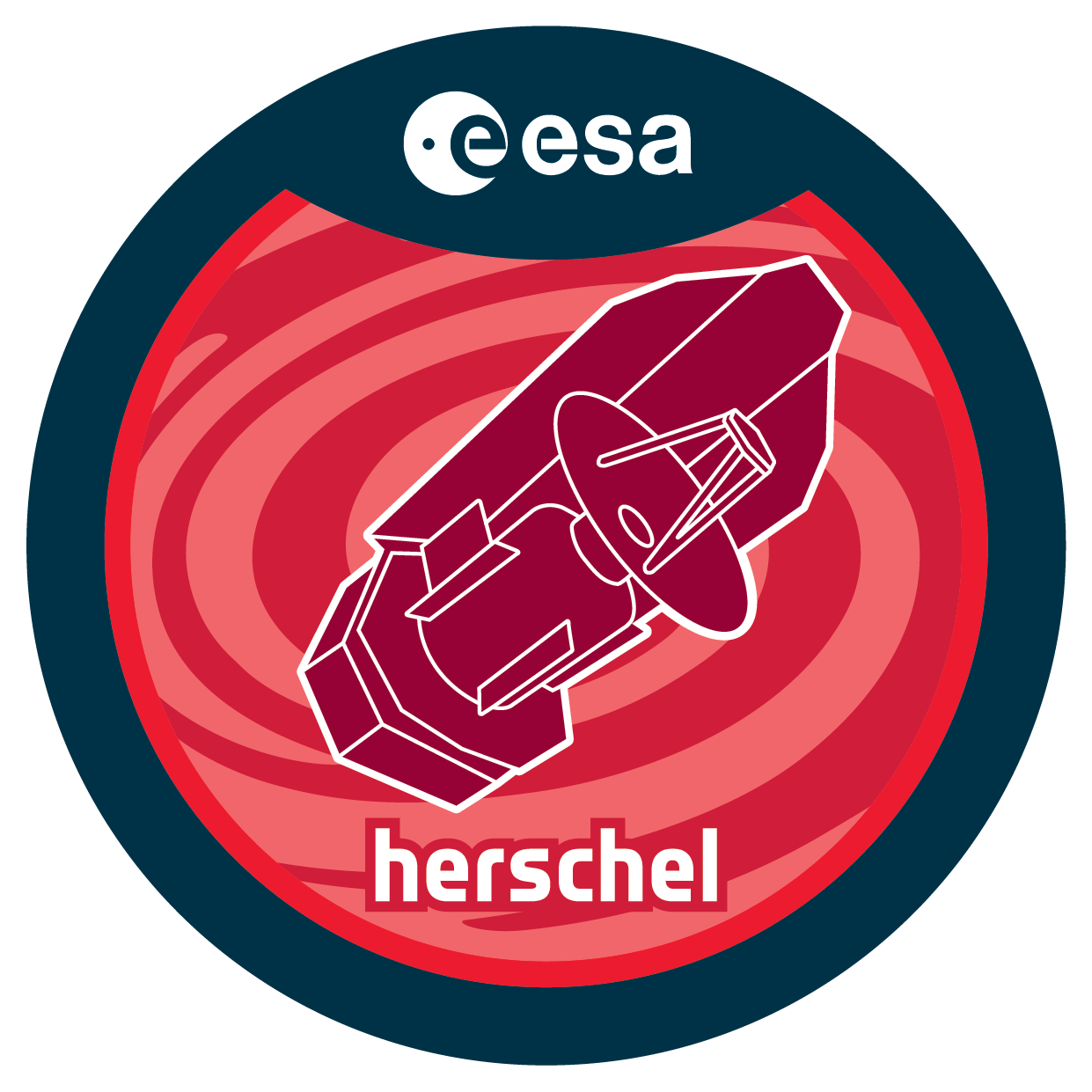| Description |
We propose to exploit Herschels unprecedented sensitivity to obtain100-500 micron photometry for a statistical, flux-limited (in the IRAS60 micron band) sample of Galactic bulge planetary nebulae (GBPNe),using PACS and SPIRE. The Galactic Bulge volume, offers a unique,nearby environment where a statistical population of PNe, all atroughly the same well-established distance, can be studied in order tounderstand these objects, test theoretical models for their formationand evolution, and address the mystery of the constancy of the PNluminosity function (an important cosmological distance indicator).Much of the mass ejected during the preceding AGB phase is expected tolie outside the ionised shells in these objects, and can only bedetected via the thermal emission from cold dust. Herschel provides us the only platform to measure the mass budgets of astatistical sample of GBPNe, and thus help us address one of thelongest standing astrophysical problem: the relationship between thebirth mass of solar mass stars and the mass left at the end when theydie. PNe are an important contributor to the total mass return to theISM for the old Bulge population, and the proposed observations willallow us to infer the PN contribution to the total rate of mass loss inthe Bulge, a crucial input to evolutionary models. The robustconstraints to the progenitor masses of PNe from our study will allowelemental enrichments to be determined as a function of initial stellarmass, providing key information for models of AGB nucleosynthesis. The proposed observations are a critical component of a broader studycomprising existing and future ground- and space-based observationsthat will produce a combination of nebular masses, mass-loss rates,luminosities, physical sizes, morphologies, radial velocities, ages,and chemical abundances for a statistical sample of planetary nebulae,resulting in a unique dataset describing the final stages of stellarevolution in unprecedented detail. |

